In the world of plastic injection molding, every part of the plastic molding process must be controlled to ensure consistently high-quality parts. A common defect that can interrupt production and lower part quality is a cold slug in injection molding. For people involved in plastic parts manufacturing, custom plastic molding or industrial injection molding, it’s important to know what causes cold slug in injection molding and how to prevent it.
This article will work as an extensive plastic injection molded tutorial that explains how a cold slug forms, its affects on production and provides best practices for prevention.
How Cold Slugs Form in Injection Molding
Understanding how cold slugs form in injection molding is essential to preventing defects in the manufacture of plastic parts. A cold slug forms when molten plastic solidifies before entering the mold cavity, resulting in a semi-solid mass that causes surface defects, sink marks and weak spots on the final part. This is not only endemic to custom plastic injection molding but is also a common defect in high-volume industrial injection molding. There are many culprits for this defect during the plastic injection process:
1. Cooler Barrel or Nozzle Temperature
The temperature of the injection molding machine is a important one. If the barrel or nozzle is too cool to the injection molding material, plastic melt will be incomplete, it flows slowly in cavity and forms a cold slug.
- For example ABS, PC, Nylon required certain temperature for complete melting.
- In high precision molding, if the molding temperature is deviated slightly, it will be easier to produce cold slugs, and this will possibly affect product mechanical property and surface quality.
- Therefore, we can see how important of precise mold making techniques and accurate temperature control in plastic molding industry.
2. Poor Material Flow or Melt Inconsistencies
Cold slugs can occur if the molten plastic does not flow freely through the runners or gates. Runners may be too long, too thin, or have a high degree of complexity in their design and this causes the plastic to cool down before filling the cavity.
- Irregular flow creates a situation known as cold slug injection molding where semi solid plastic enters the mold.
- Highly viscous materials such as POM or PEEK are more likely to produce cold slugs when flow is restricted.
3. Excessive Dwell Time in the Nozzle
If molten plastic lingers in the nozzle or barrel for too long, it can cool and solidify, resulting in “cold slugs”. This is especially problematic with industrial injection molding, where either multi-cavity molds or batch processing are used. Long residence also allows partially solidified plastic to become mixed with fresh molten polymer (flowed into the mold at the next shot), resulting in nonuniform component production and performance.
- Long dwell times may also cause partially solidified plastic to mix with fresh molten plastic, creating uneven plastic components production and inconsistent part quality.
- Proper scheduling of injection cycles and using hot runner systems can minimize dwell time, reducing cold slug risks.
4. Inconsistent Injection Speed or Pressure
In the plastic molding process, injection speed and pressure are important. Slow or inconsistent injection speeds will cause the plastic to cool before it has been able to fill the cavity fully.
- In high precision molding, a little bit reduction of injection speed will cause cold slug, and bad tolerances and surface appear.
- Increasing injection speed as long as material can not be damaged helps to have the same fluidity and avoid cold slug.
- Pressure variations in the injection molding machine can also be a factor, particularly with multi-cavity molds or complex/precision plastic molding parts.
Preventing Cold Slugs in Injection Molding
Preventing cold slugs in injection molding is essential to maintain consistent part quality for plastic parts manufacturing and plastic components production. The impact of cold slugs on part appearance is one issue but they can also affect mechanical performance, generate scrap and reduce productivity for both custom plastic molding and industrial injection molding. Manufacturers wishing to achieve the lowest possible levels of cold slug defects must concentrate on process settings as well as material handling and mold design.
a) Process Settings – Barrel & Nozzle Temperatures
One of the most common causes of cold slug injection molding is low barrel or nozzle temperatures. In order for the plastic intended for injection to remain fully molten until it reaches the mold cavity, the selection of an injection molding machine that can control accurate and consistent temperatures relative to the chosen injection molding material is critical.
- When processing thermoplastics such as ABS, Polycarbonate (PC), and Nylon, it is very important to not fall below the recommended melt temperature so as to prevent any early cooling.
- In high precision molding, if the temperature varies a little, cold slugs will be formed and this affects variability in dimensions.
- Using modern industrial injection molding machines with digital temperature control allows better consistency across production cycles.
b) Maintaining Inject Speed and Pressure
Injection speed and pressure in the plastic molding process is very important. If the injection is too slow, the molten plastic will start to cool down in the middle of flow causing cold slugs especially in long runners or multi-cavity mold.
- Increasing injection speed can make sure the mold cavity is filled quickly, and reduces the possibility of causing cold material.
- Injection pressure promotes the filling in the mold by overcoming some die mold resistance.
- In custom plastic molding or complex parts, optimize speed and pressure for each section of the mold to improve part quality and reduce cold slugs.
c) Include Cold Slug Wells in the Mold Design
A cold slug well injection molding is a small reservoir in the mold that captures partially solidified plastic before it enters the cavity. Including cold slug wells in injection mold design is a highly effective preventive measure.
- Prevent clogging, but catch slugs by right cold slug well size.
- Inspect and maintain your cold slug wells regularly to keep industrial injection–molding productivity high.
- Proper cold slug well design is critical in high precision molding to prevent even minor defects from affecting part performance.
d) Reduce Dwell Time and Idle Plastic Avoidance
Sometimes the molten plastic stays idle in the nozzle, sprue or barrel. This can happen when there is a gap between operations or when the injection molding machine is not in use for long duration.
- Minimize what is known as Dwell Time. This can be achieved by coordinating the cycle timing of your plastic molding process so that the molten plastic continuously fills the opened mold cavity.
- Ensure molten plastic flows continuously into the mold cavity.
- In plastic parts manufacturing, avoiding idle plastic prevents the formation of cold slugs, improving yield and part quality.
Conclusion
Understanding what causes cold slug in injection molding is important to obtain consistent, high quality plastic parts in plastic injection molding. Cold slugs form when molten plastic partially solidifies before entering the mold cavity, which affects plastic parts manufacturing, custom molding, and industrial injection molding. Contributing factors to cold slug problems in injection molding can be low barrel or nozzle temperatures, poor material flow, excessive dwell time or not maintaining consistent injection speed.
Preventing formation of cold slugs requires integrating a combination of strategies related to design of the plastic molds, use appropriate technique and skill during making the molds and controlling the process of polymer processing i.e. plastic molding. Few strategies include optimize barrel and nozzle temperature in order to reduce resistance for better material flow. Maintain constant pressure & constant speed of injection so as to ensure complete filling dense packing – resulting production with no air entrapments creating non defective high-quality Plastic Parts.

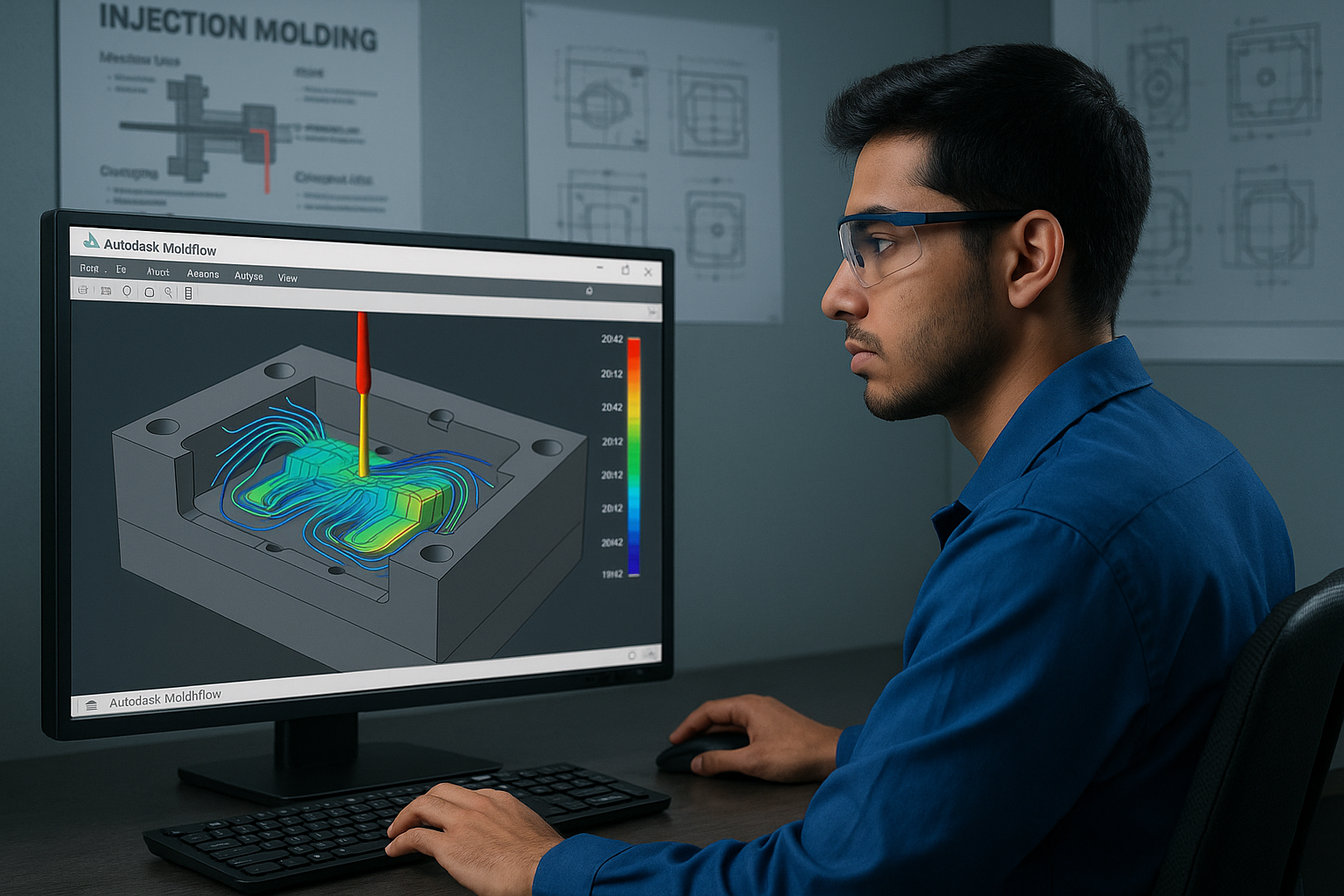
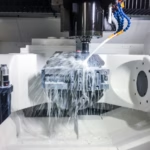
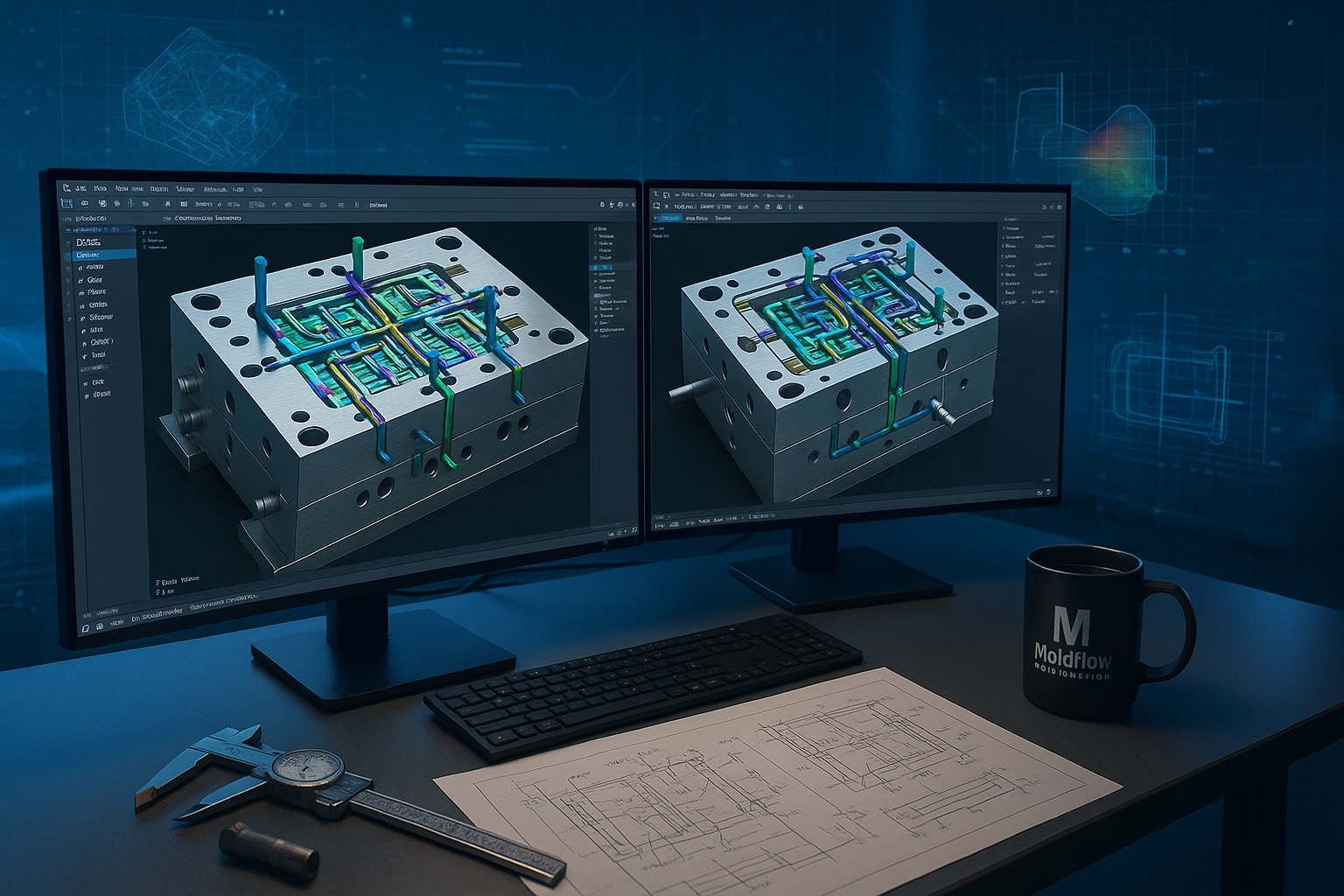
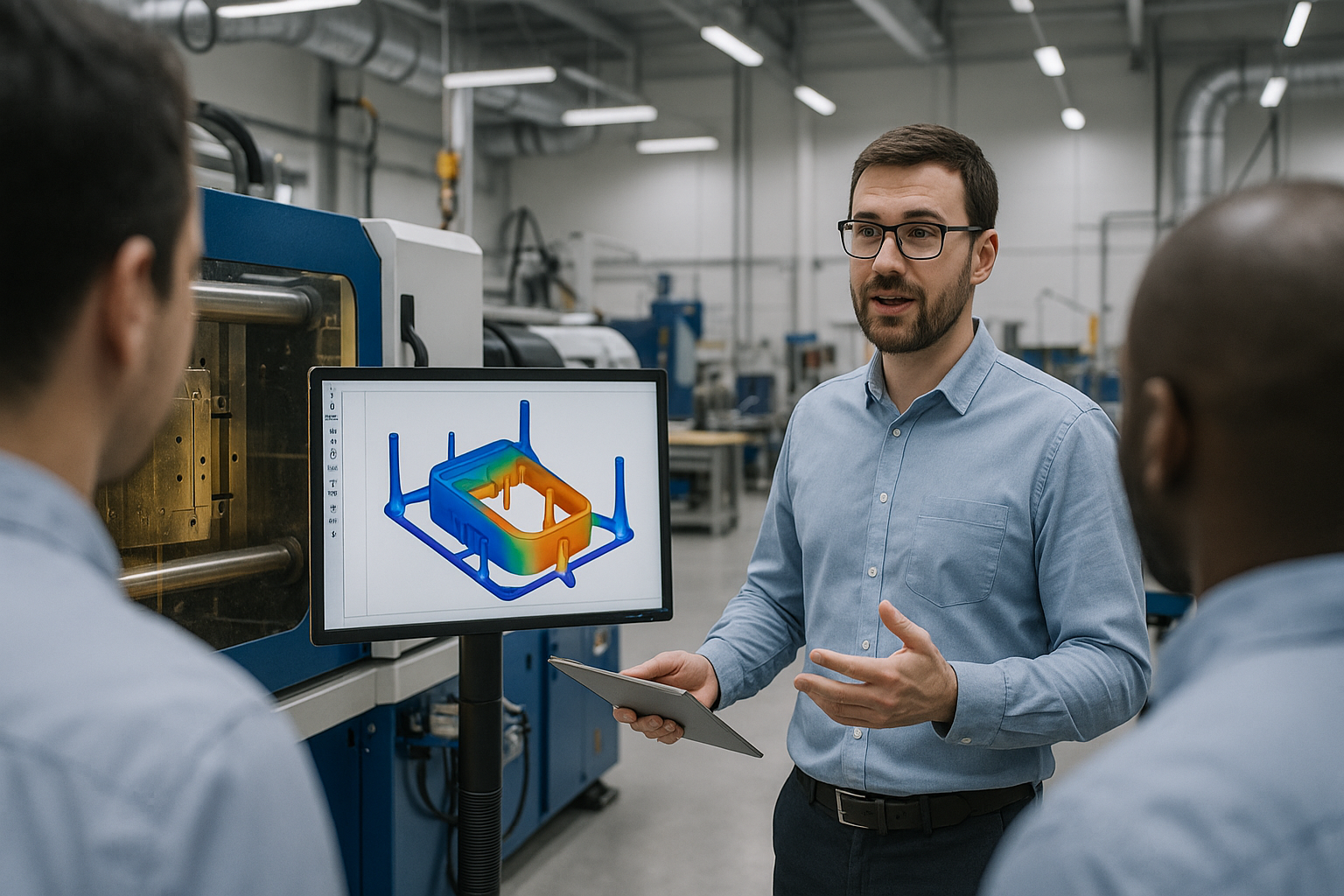
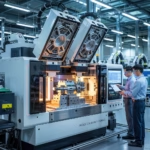


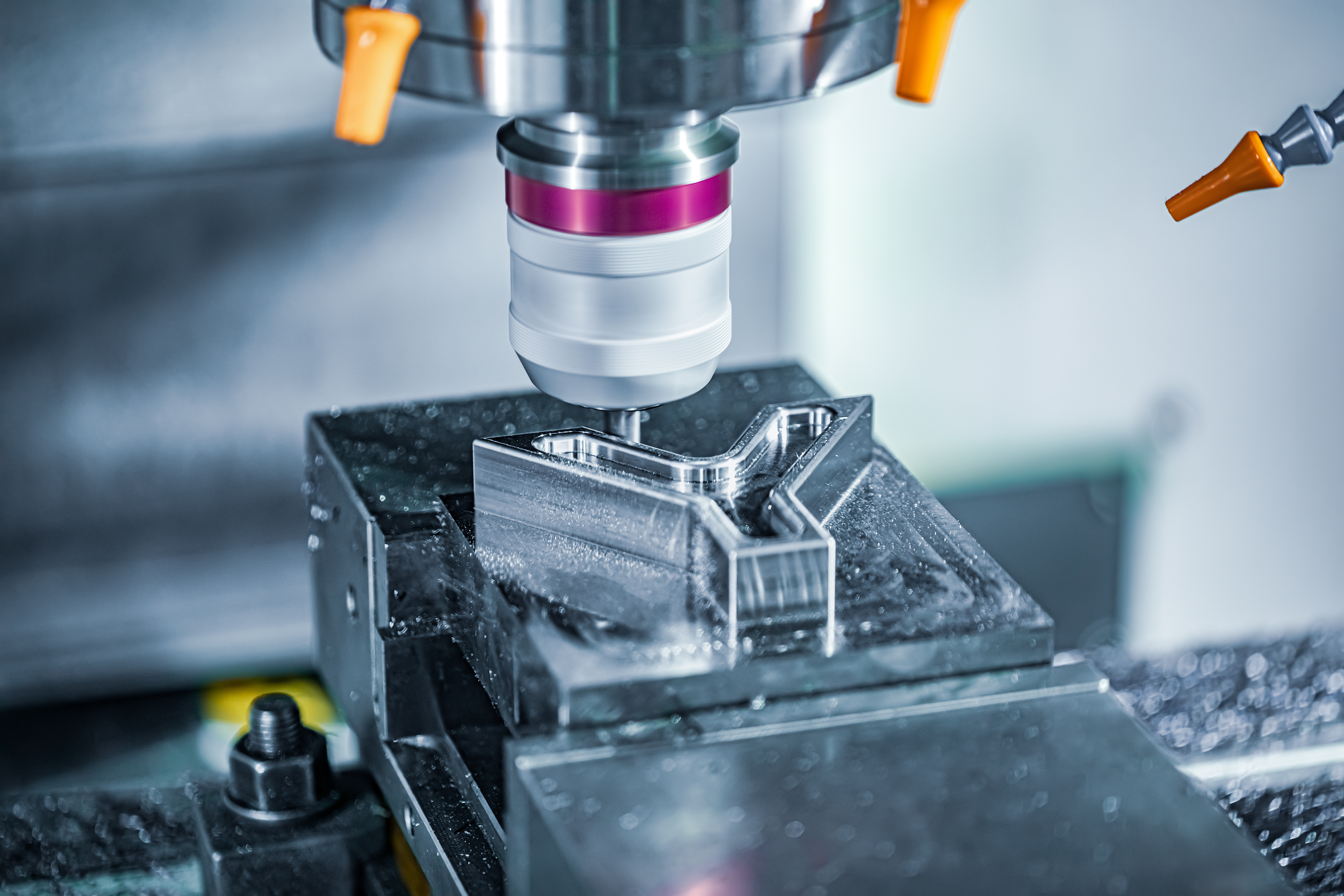
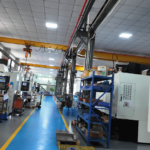

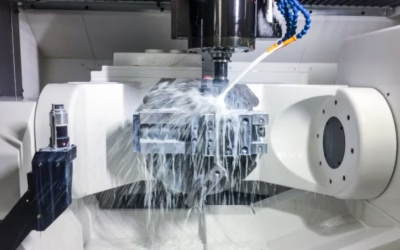
0 Comments